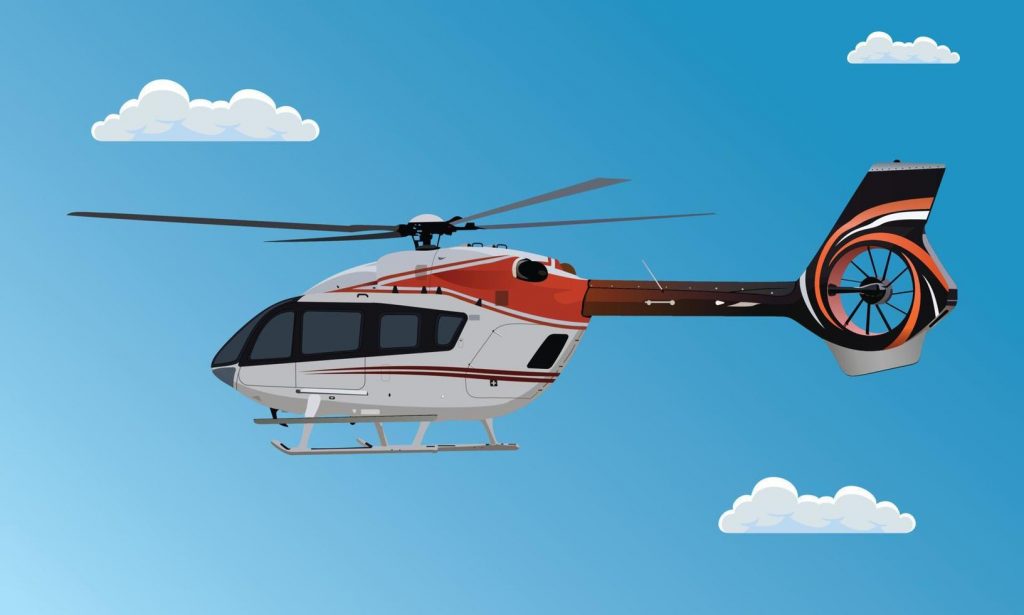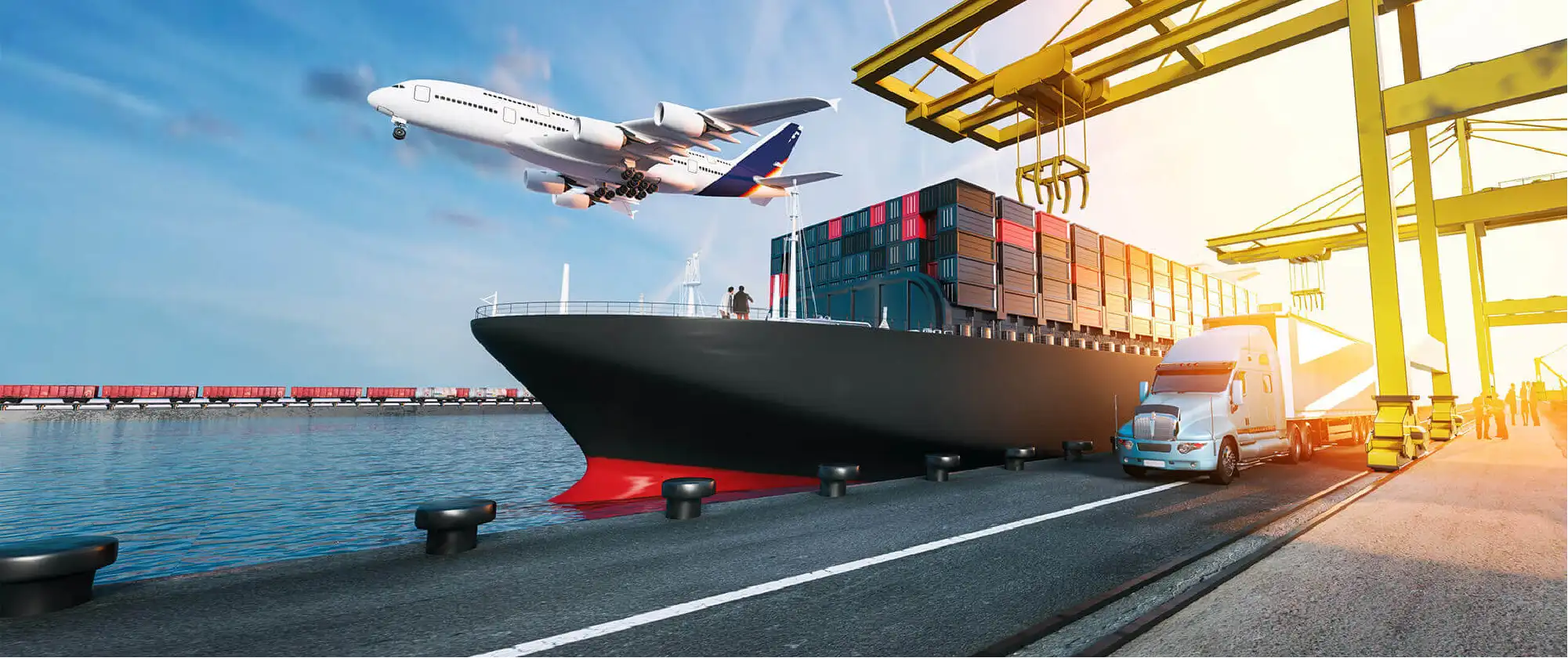Unveiling the Limitations: Exploring the Five Disadvantages of Air Transportation

Air transportation has revolutionized the way we travel and connect with the world. It offers speed, convenience, and global accessibility. However, like any mode of transportation, it also has its limitations. In this article, we will delve into the five key disadvantages of air transportation, shedding light on the challenges it poses in various aspects.
- Cost:
Air travel, while efficient, can be expensive. The high operational costs associated with airlines, including fuel, maintenance, and infrastructure, are often passed on to passengers. Additionally, fluctuating ticket prices, especially during peak travel seasons, can make air transportation unaffordable for many individuals and families. - Environmental Impact:
Air transportation is a significant contributor to greenhouse gas emissions and climate change. Aircraft engines release carbon dioxide, nitrogen oxides, and other pollutants into the atmosphere, leading to air pollution and the depletion of the ozone layer. The environmental impact of air travel raises concerns about sustainability and the need for alternative, greener transportation options. - Limited Accessibility:
While air transportation connects major cities and popular tourist destinations, it often neglects remote or underdeveloped regions. Smaller towns and rural areas may lack airports or have limited flight options, making air travel inaccessible for those living in these areas. This limitation hampers economic growth and hinders social integration for communities that heavily rely on air transportation for connectivity. - Security Concerns:
In recent years, security concerns have become a significant drawback of air transportation. Stringent security measures, such as baggage checks, body scans, and restrictions on liquids, can cause inconvenience and delays for passengers. Moreover, the threat of terrorism and hijacking poses a constant challenge for aviation authorities, leading to increased security protocols and potential disruptions to travel plans. - Capacity Constraints:
Airports, especially in busy metropolitan areas, often face capacity constraints. Limited runway space, gate availability, and air traffic control systems can result in delays, overcrowding, and congestion. These capacity limitations not only inconvenience passengers but also impact airlines' ability to operate efficiently and meet customer demands.
Conclusion:
While air transportation offers unparalleled speed and connectivity, it is essential to acknowledge its limitations. The cost, environmental impact, limited accessibility, security concerns, and capacity constraints are all significant disadvantages that need to be addressed. As we strive for a more sustainable and inclusive future, it is crucial to find innovative solutions that mitigate these drawbacks and ensure a more balanced and efficient air transportation system.


